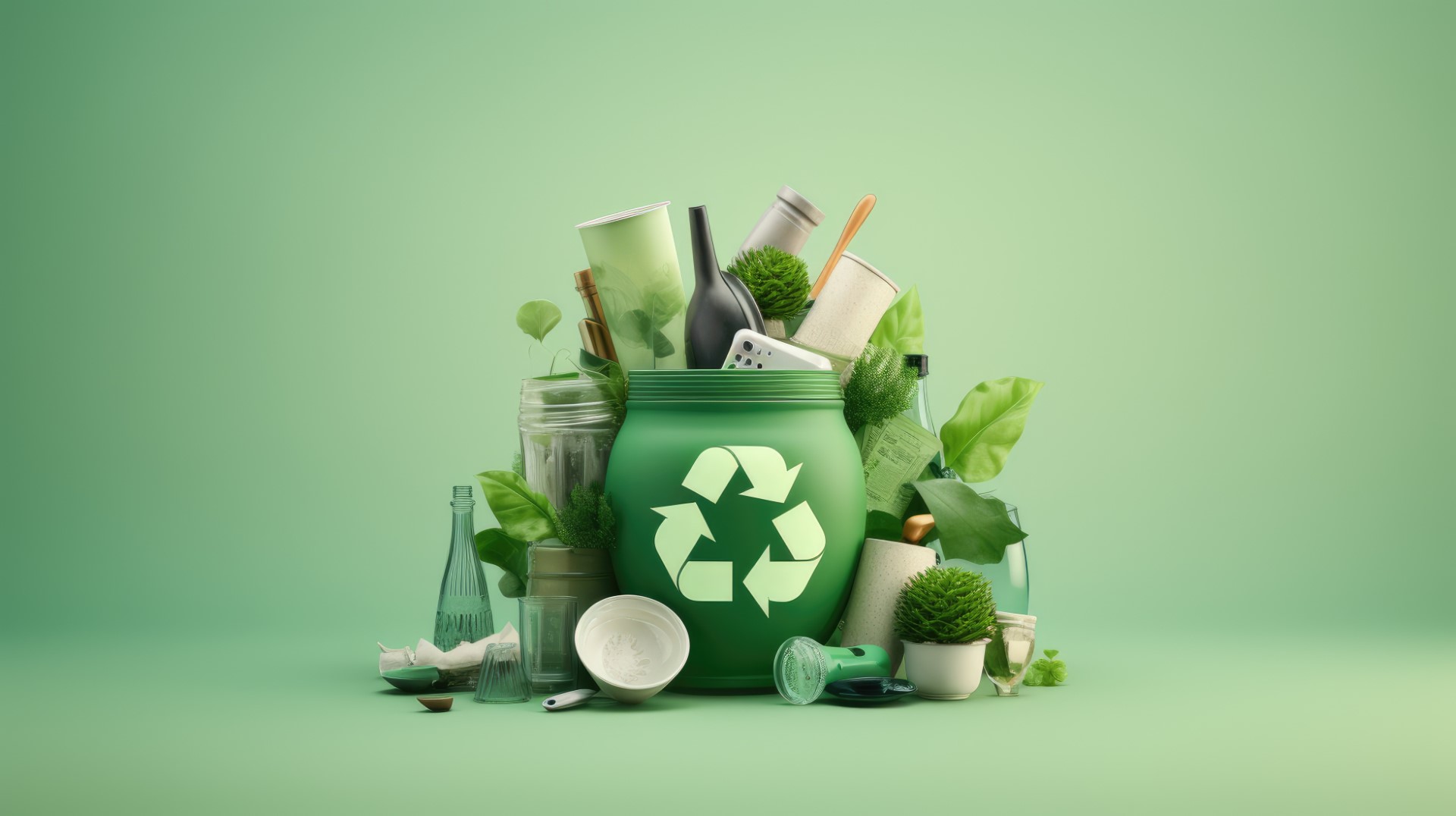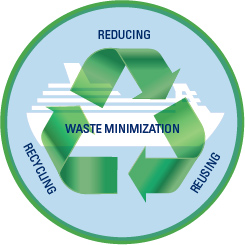Obtain Entailed with Recycling Lives Services for a Greener Future
Obtain Entailed with Recycling Lives Services for a Greener Future
Blog Article
Discovering Different Kinds Of Waste in Modern Waste Monitoring Equipment
The modern landscape of waste management involves navigating a complex range of waste kinds, each requiring specialized handling and disposal methods to reduce environmental influences. Metropolitan solid waste, contaminated materials, electronic waste, and natural waste each existing unique obstacles and opportunities for source recovery. Ingenious remedies such as wise waste bins and waste-to-energy innovations are arising as important devices in boosting efficiency and sustainability. Understanding these waste types is crucial for fostering public awareness and encouraging active engagement in lasting techniques. What techniques can efficiently attend to these different types of waste while advertising a round economic situation?
Community Solid Waste
Municipal solid waste, commonly described as family trash or rubbish, includes a range of discarded materials created by property, commercial, and institutional sources within a community. This waste stream generally consists of items such as packaging, food scraps, yard trimmings, paper, plastics, fabrics, and discarded home products. The administration of municipal strong waste is a vital element of metropolitan preparation and public wellness, necessitating efficient collection, transport, and disposal systems.
Reliable waste management systems are designed to minimize environmental impact while optimizing source healing. Composting organic waste, such as food scraps and lawn trimmings, not just decreases landfill use but likewise generates valuable soil changes.
Towns should also resolve the logistical and financial obstacles related to waste administration. Executing pay-as-you-throw systems, enhancing public recognition, and buying technology can dramatically boost waste diversion rates. By integrating these practices, districts can promote sustainable communities, reduce greenhouse gas discharges, and conserve natural deposits.
Hazardous Waste

Efficient harmful waste administration includes numerous important steps: recognition, disposal, therapy, and partition. Segregation makes sure that hazardous products are kept independently from non-hazardous waste to protect against cross-contamination.
Regulatory structures, such as the Source Preservation and Recuperation Act (RCRA) in the USA, supply guidelines and requirements for contaminated materials administration. Adherence to these guidelines, paired with innovations in waste treatment technologies, is important in mitigating the risks connected with unsafe waste.
Electronic Waste
Electronic waste, typically described as e-waste, represents a quickly growing challenge in waste monitoring systems worldwide. This sort of waste encompasses discarded electronic devices and tools such as smart devices, computer systems, tvs, and other electronic home appliances. The rapid rate of technical advancement, coupled with lowering product life expectancies and customer need for the current devices, has actually greatly enhanced the quantity of e-waste created yearly.
E-waste is specifically bothersome because of its complex structure, usually containing hazardous compounds like mercury, cadmium, and lead, which position substantial ecological and health risks otherwise appropriately taken care of. Alternatively, e-waste also includes valuable products such as copper, gold, and silver, which can be recovered and recycled. The twin nature of e-waste-- both harmful and beneficial-- demands specific handling, reusing, and disposal processes.
Effective e-waste monitoring entails stringent regulatory structures, durable collection systems, and advanced reusing innovations. Public recognition visit this web-site and participation are important, as incorrect disposal practices, such as unlawful dumping and casual recycling, read this aggravate environmental contamination and carcinogen. Enhancing e-waste monitoring methods is essential for reducing eco-friendly effect and recovering important resources in an increasingly electronic globe.

Organic Waste
Organic waste, consisting of kitchen area scraps, lawn trimmings, and farming residues, stands for a considerable section of the international waste stream. This kind of waste is biodegradable, implying it can be broken down by microorganisms right into simpler natural substances. In spite of its capacity for all-natural disintegration, incorrect administration of natural waste can bring about damaging environmental effects, including the discharge of greenhouse gases such as methane, which add to environment modification.
Reliable management of organic waste is vital for lessening these ecological influences (recycling lives services). Composting is an extensively taken on technique, transforming natural waste right into nutrient-rich compost that can boost dirt wellness and farming performance. Additionally, anaerobic food digestion is an arising technology that converts organic waste into biogas, an eco-friendly energy source, and digestate, which can be utilized as plant food
Municipalities and waste management entities need to implement durable organic waste collection and therapy programs to optimize the benefits of these processes. Public education and learning projects can likewise play a critical function in motivating households and organizations to separate natural waste from other kinds of waste. By focusing on the administration of natural waste, societies can reduce garbage dump usage, lower greenhouse gas discharges, and produce beneficial by-products for farming usage.

Cutting-edge Waste Monitoring
In the world of waste administration, innovative methods are changing how societies manage their refuse, intending for sustainability and performance. One famous advancement is the implementation of smart waste containers equipped with sensing units that check fill levels and optimize collection courses.
One more significant development is the fostering of waste-to-energy browse this site (WtE) innovations. By converting non-recyclable waste right into functional energy via processes such as incineration and anaerobic digestion, WtE lowers land fill worry and supplies a renewable resource source. Innovations in chemical recycling permit for the breakdown of complex plastics right into their original monomers, allowing the creation of new, high-quality plastic items.
Moreover, the round economy version is gaining grip, stressing the design of items and systems that focus on reusability and resource effectiveness. This all natural approach motivates sectors to decrease waste generation from the outset. With these cutting-edge strategies, contemporary waste monitoring systems are not just dealing with the prompt obstacles of waste disposal however additionally leading the way for a much more lasting future.
Verdict
A comprehensive understanding of community solid waste, contaminated materials, electronic waste, and organic waste, coupled with the application of ingenious waste administration remedies, is critical for mitigating environmental effects. Integrating innovations such as clever waste containers and waste-to-energy systems can boost performance and sustainability. Effective waste management strategies not just foster source recovery but likewise advertise public recognition and involvement, eventually adding to the growth of a circular economic climate.
The contemporary landscape of waste administration includes navigating a complex array of waste types, each requiring specialized handling and disposal methods to mitigate ecological influences. Municipal solid waste, hazardous waste, digital waste, and natural waste each existing unique obstacles and possibilities for source healing.Electronic waste, typically referred to as e-waste, represents a swiftly expanding obstacle in waste administration systems around the world. Via these ingenious approaches, modern waste administration systems are not just dealing with the immediate obstacles of waste disposal but also paving the means for a much more sustainable future.
A comprehensive understanding of municipal strong waste, dangerous waste, electronic waste, and natural waste, paired with the execution of ingenious waste administration services, is critical for reducing environmental impacts. (recycling lives services)
Report this page